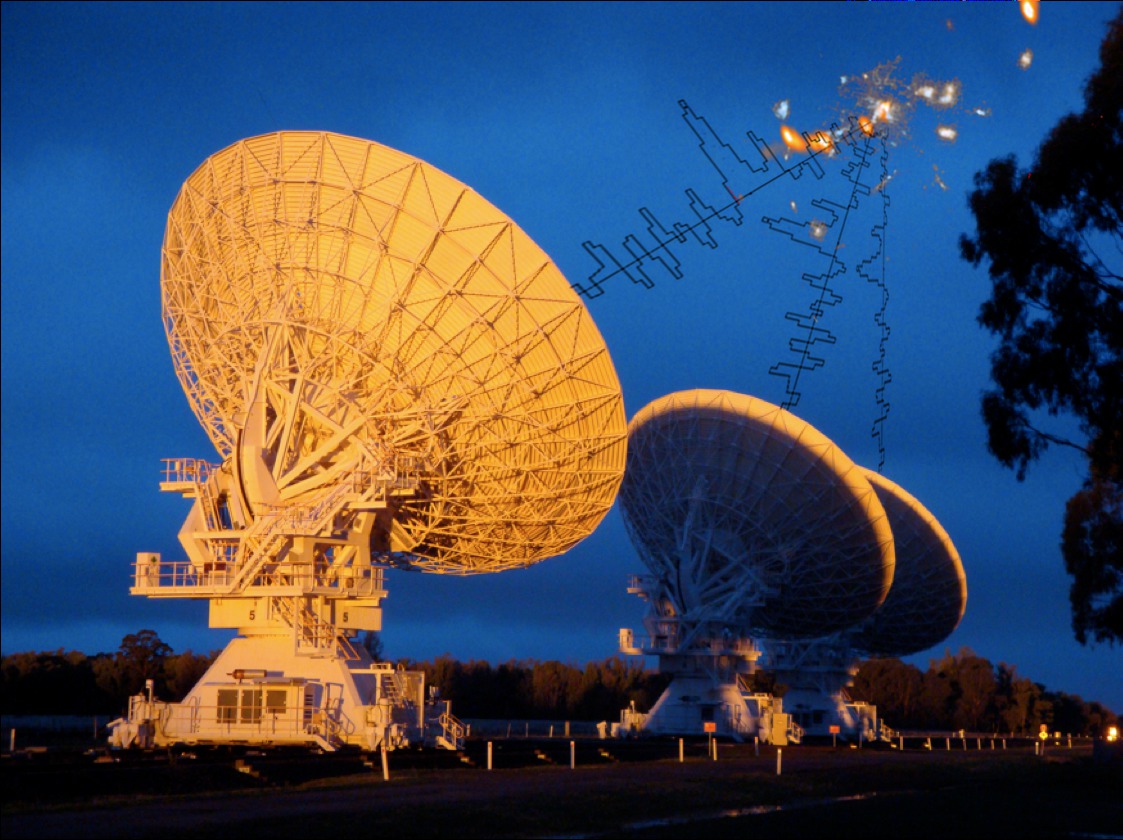Daily Image
14-03-2013Today's Colloquium: High-redshift proto-cluster radio galaxies: an ATCA search for molecules in the Early Universe
| Submitter: | Bjorn Emonts (CSIRO, Australia) |
| Description: | Millimeter astronomy with the Atacama Large Millimeter Array (ALMA) will take a prominent role in astrophysical research this decade. A key topic will be the search for molecular gas -- the raw ingredient for star formation -- in the early Universe. The Australia Telescope Compact Array (ATCA) is a world-class southern radio interferometer with millimeter capabilities that form an excellent complement to ALMA in the search for distant molecules, focussed on the commonly used tracer carbon-monoxide or CO. We used the ATCA for a survey for molecular CO(1-0) gas in a sample of 14 high-redshift proto-cluster radio galaxies. These high-z radio galaxies are among the most massive and active galaxies in the early Universe and believed to be the progenitors of current day giant ellipticals in the cores of rich clusters. I will highlight detailed studies of two fascinating sample sources (the Spiderweb Galaxy and MRC 0152-209), which show evidence for widely spread reservoirs of cold gas that have not (yet) been fully depleted by star formation or radio source feedback. Additional ATCA results on molecular gas in other types of active galaxies at intermediate and high redshift are also presented. Results of this work provide insight into the co-evolution of active black-holes and their massive host galaxies in the early Universe. The image shows the Australia Telescope Compact Array in Narrabri (NSW, Australia) at sunset, searching for molecules in the massive Spiderweb Galaxy -- a very active high-redshift radio galaxy in the core of a distant proto-cluster (z=2). These and other studies of molecular gas in distant AGN tell us about the formation and evolution of massive galaxies at a time that the Universe was only a few billion years old. |
| Copyright: | Bjorn Emonts, CSIRO |
| Tweet |  |
